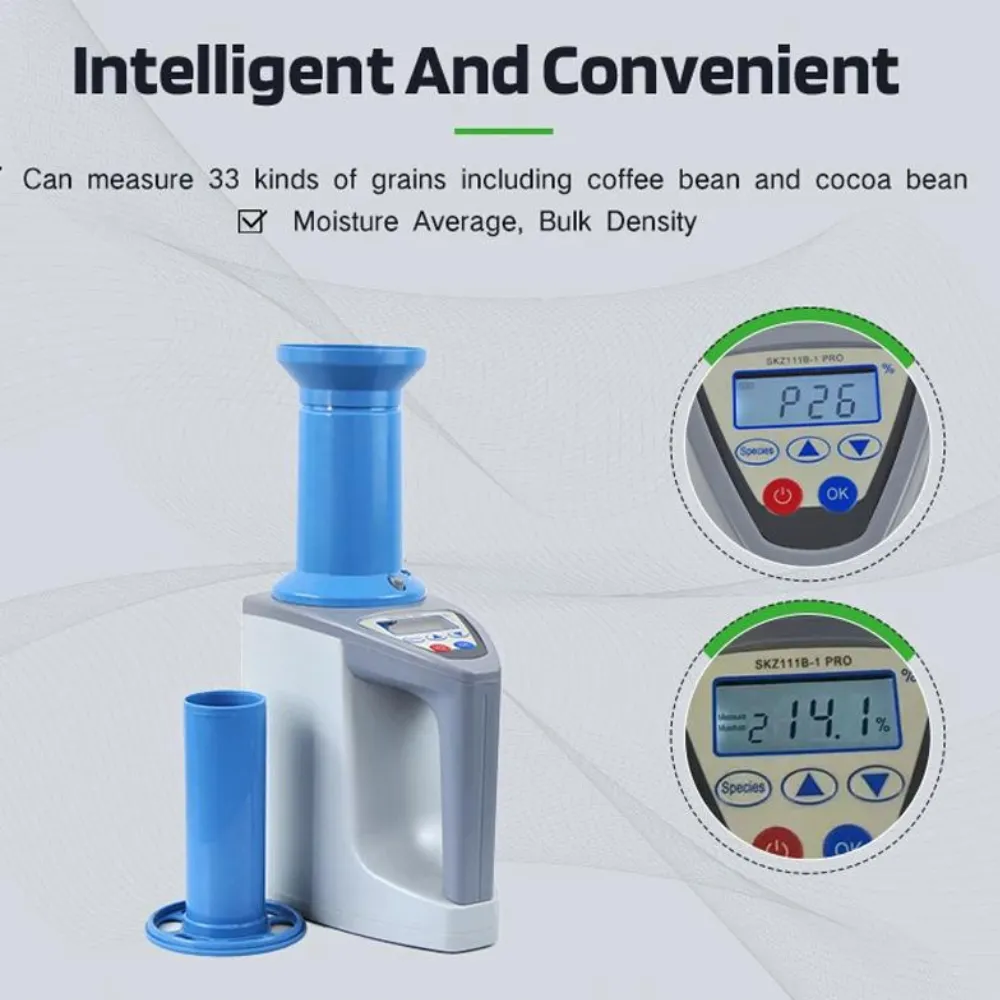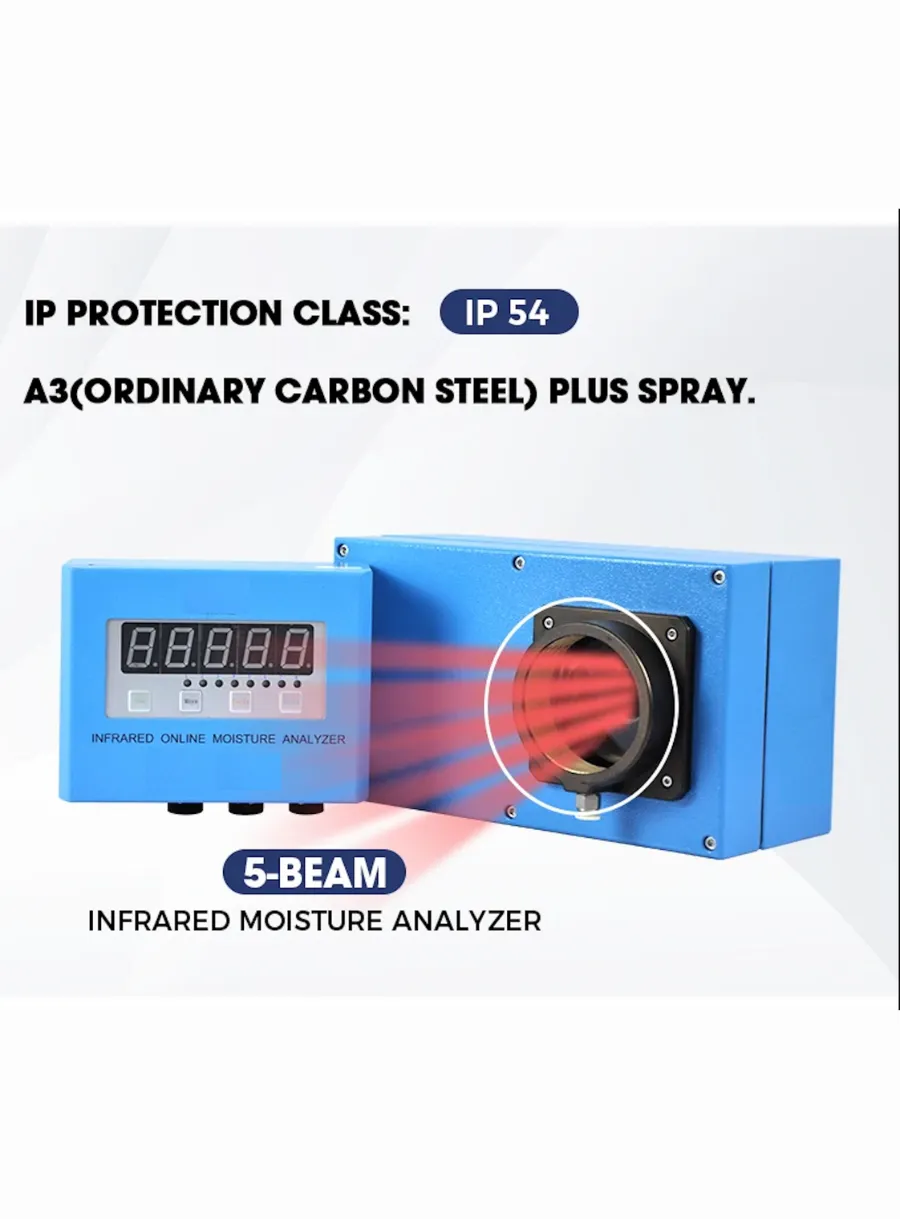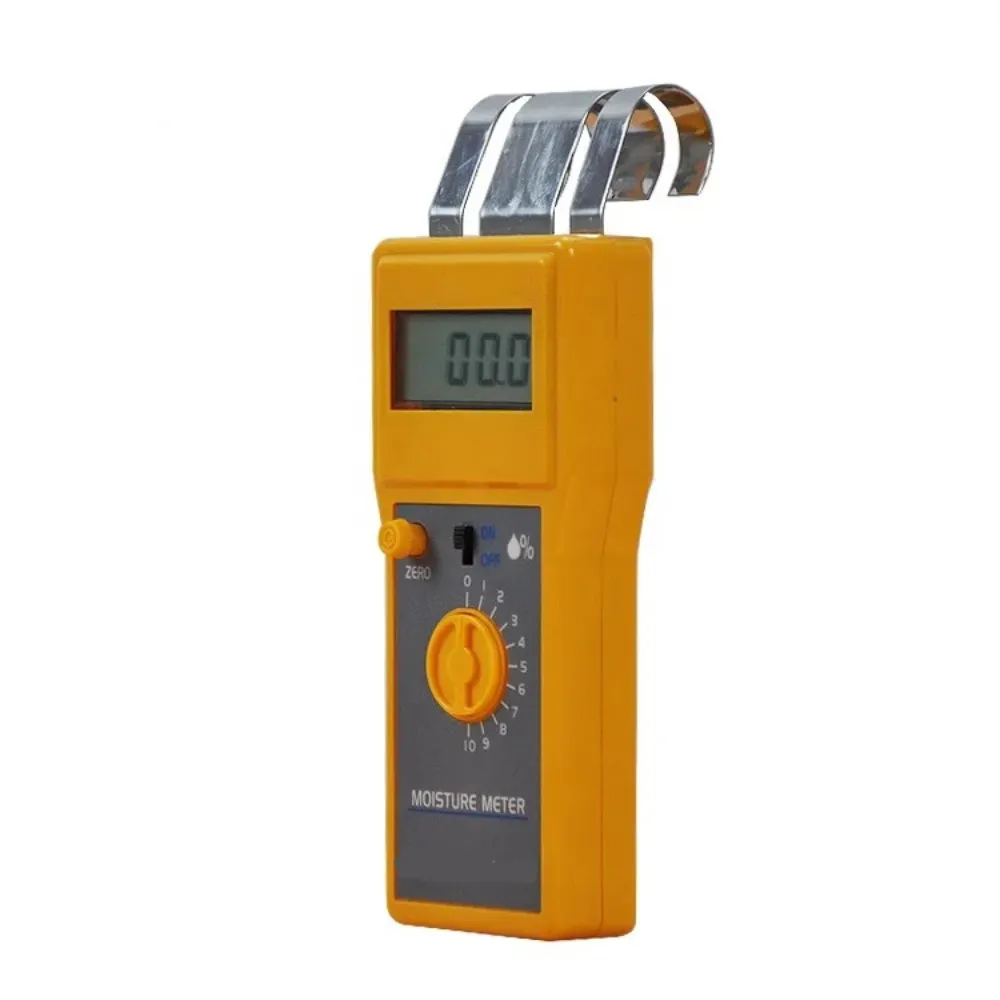
Technology and Design of Rice Moisture Meters
Table of Contents

Custom rice moisture meters are developed to provide laboratory-quality measurements that can be easily obtained by any staff member. This versatility allows the instruments to be used in various settings, optimizing measurement feedback for Just-in-Time processes aimed at enhancing quality systems. The devices are designed to be cost-effective and durable, ensuring many years of usage without planned obsolescence. Each new product iteration is expected to be more robust than its predecessor, with some instruments remaining in operation for over 40 years. Ergonomic usability is a key design principle, incorporating user-friendly controls and accessories that improve the testing experience. This user-centric approach encourages more frequent testing, which, in turn, benefits development and manufacturing processes. Unnecessary features that could complicate the instrument’s use are intentionally avoided, ensuring simplicity and efficiency.
To determine the gravimetric water content (GWC) from measured capacitance, a scale is used to weigh the mass of water in the soil. The system compares capacitance measurements with calculated soil GWC to ensure accuracy. However, this method’s results can be significantly affected by temperature changes, necessitating periodic recalibration. Additionally, the capacitance method is less effective for materials with high moisture content and is not ideal for real-time measurement due to the time required to introduce samples between the electrodes.

The microwave method shares similarities with the capacitance method but offers advantages such as non-destructive detection, high speed, and real-time monitoring. Moisture measurement based on microwaves can be conducted using either reflection or transmission techniques. The integral structure of a portable moisture detecting device often includes microstrip antennas, sample cells, and a fixed base, all designed to provide precise measurements. Microstrip antennas are especially suited for small-scale equipment due to their compact size and narrow working bandwidth.
Network and Sensor Integration for Comprehensive Monitoring
The designed network for these moisture meters is a distributed system comprising sensor nodes and actuators, which manage functions like drip irrigation and ditch gates. The network employs Ad Hoc On-Demand Distance Vector Routing (AODV) to ensure efficient communication between nodes. The system uses a frequency sweep to find the resonance frequency corresponding to different soil moisture levels, thereby allowing accurate moisture measurement. This process involves using coils in dry, compacted soil and observing the output voltage relative to water content. By leveraging low working frequencies around 93 kHz, the proposed sensor system can be integrated into commercial modules like Arduino, enhancing its practicality and cost-effectiveness for large-scale agricultural monitoring.
Comments
Tags
Frequently Asked Question
Custom rice moisture meters are designed to be cost-effective, durable, and user-friendly, with ergonomic controls and accessories that encourage frequent testing and improve overall efficiency.
The two primary techniques are the capacitance method and the microwave method, each offering unique advantages for accurate moisture content measurement.
The microwave method offers non-destructive detection, high speed, and real-time monitoring capabilities, making it more versatile than the capacitance method.
Sensor networks use distributed systems with nodes and actuators, employing techniques like AODV routing and frequency sweep for accurate moisture measurement and efficient communication between components.


